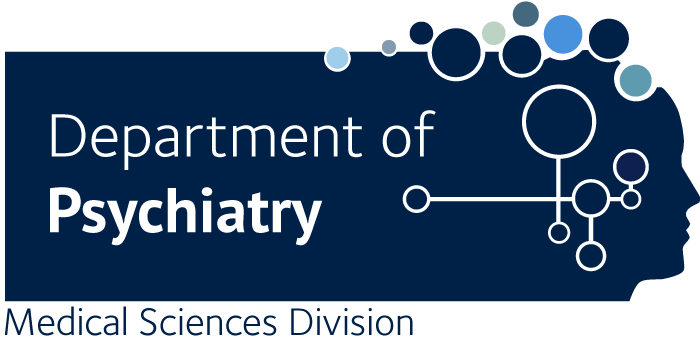MHC transmission: insights into gender bias in MS susceptibility.
Chao MJ., Ramagopalan SV., Herrera BM., Orton SM., Handunnetthi L., Lincoln MR., Dyment DA., Sadovnick AD., Ebers GC.
OBJECTIVE: Major histocompatibility complex (MHC) genes dominate genetic susceptibility factors in multiple sclerosis (MS). Given the general consensus that incidence and prevalence of MS has been rising and specifically in women, we evaluated MHC-gender interactions. METHODS: In a large family-based cohort consisting of 7,093 individuals (2,127 affected individuals) from 1,055 MS families, we examined MHC transmission by family structure and gender stratified by genetic distance of affected relatives from the MS proband. RESULTS: We found that affected individuals with HLA-DRB1*15-positive genotypes have higher female-to-male ratios as compared with affected individuals with HLA-DRB1*15-negative genotypes (χ(2) = 9.97, p = 0.0015) with the exception of multiplex families with 3 or more affected across 2 generations. Transmission disequilibrium test results show that HLA-DRB1*15 transmission was more distorted in collateral families vs nuclear families (χ(2) = 8.030, p = 0.0046), exclusively in affected female-female pairs (χ(2) = 7.81, p = 0.0051), but not in mixed gender pairs (χ(2) = 1.58, p = 0.21) or matched male pairs (Fisher p = 0.21). CONCLUSIONS: These observations implicate the MHC as the site of interactions and modifications mediating the female-to-male gender ratio in MS and its progressive increase. They further suggest this occurs via gene-environment interactions and epigenetic modifications in this region. The difference between collateral and nuclear families provides some insight into the inheritance, decay, and gender specificity of putative epigenetic marks.

